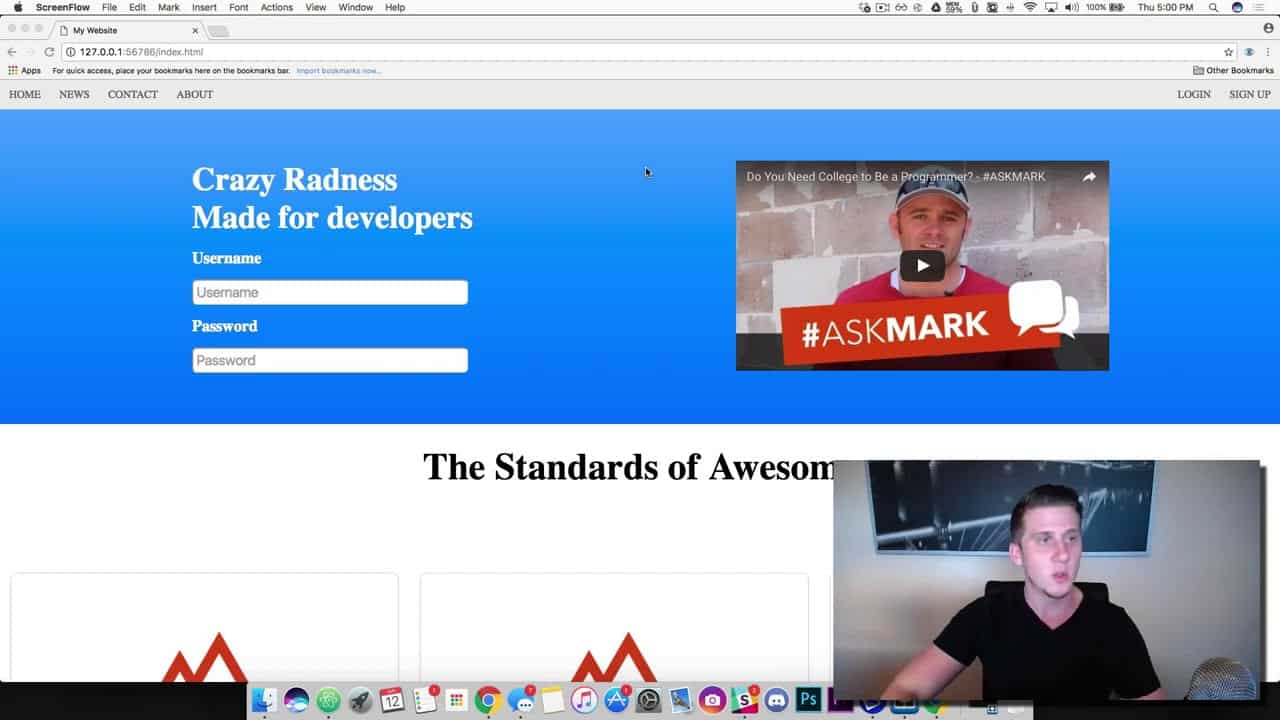Do It Yourself – Website Tutorials
In this FullStackWebDevelopment tutorial video, We are going to learn about creating our own custom CSS for your first website. #CSS stands for Cascading Style Sheets. It is a quick section overview of the #website that we are going to build and #design with CSS.
We are going to use the basic CSS skills that we have already learned along with some new techniques. We will learn how to work with embedded videos, create navbars, and how to make our website responsive. CSS is used to define styles for your web pages, including the design, layout, and variations in display for different devices and screen sizes.
CSS describes how HTML elements are to be displayed on the screen, paper, or in other media
CSS saves a lot of work. It can control the layout of multiple web pages all at once
External stylesheets are stored in CSS files.
CSS is designed to enable the separation of presentation and content, including layout, colors, and fonts. This separation can improve content accessibility, provide more flexibility and control in the specification of presentation characteristics, enable multiple web pages to share formatting by specifying the relevant CSS in a separate .css file, and reduce complexity and repetition in the structural content.
Separation of formatting and content also makes it feasible to present the same markup page in different styles for different rendering methods, such as on-screen, in print, by voice (via speech-based browser or screen reader), and on Braille-based tactile devices. CSS also has rules for alternate formatting if the content is accessed on a mobile device.
source

